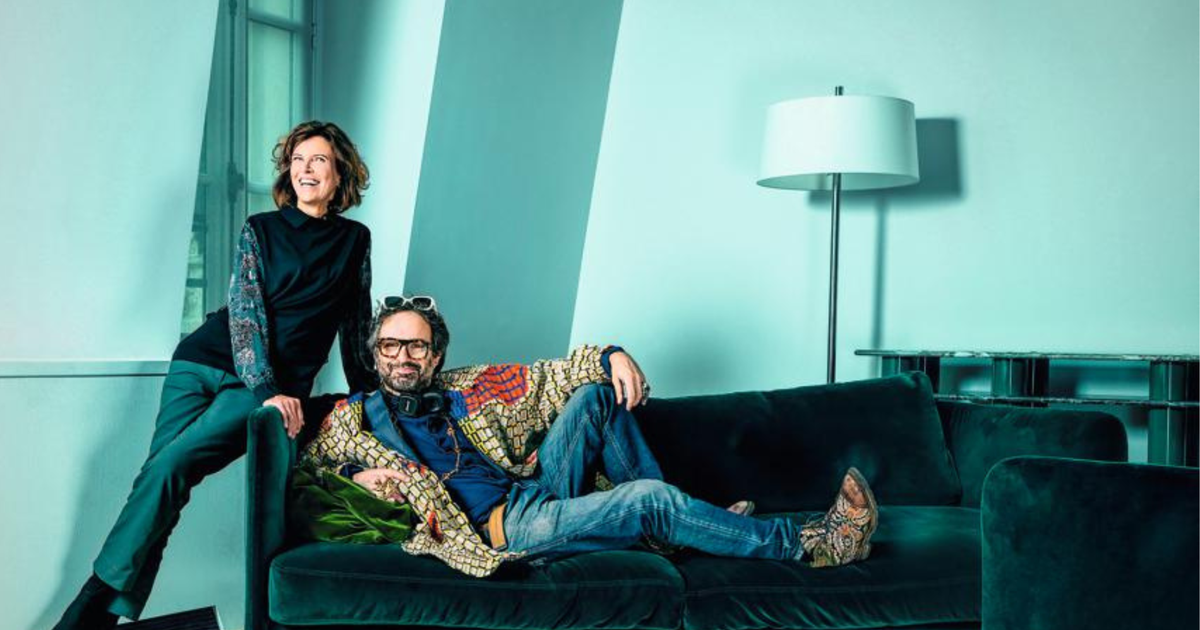Jeanne Gang is an American architect and a professor at Harvard. She designed the Aqua Tower in Chicago, a 262-meter tower whose balconies are reminiscent of waves.
She will also design the St. Regis Chicago, three interconnected towers, the most impressive of which rises to 363 meters. Emanuele Coccia is the author of The Life of Plants, a Metaphysics of Mixture. He finds in this horticultural approach to buildings themes that fascinate him. Gang Reusing buildings is a practice that already exists, and we need to make it a more conscious discipline. The Art of Grafting in Architecture, by Jeanne Gang, is published by Simon & Schuster, priced £16.99, and goes on sale in the U.S. on September 14. For confidential support, call the Samaritans on 08457 90 90 90 90, visit a local Samaritans branch or click here for details. Grafting allows you to combine the qualities of a rootstock, the existing building, and a graft, the new element. The graft does not kill the roots, on the contrary, it strengthens them. There is also a broader, political message about the cohabitation of human beings with each other. Grafting reflects the fear of the other, of difference, which is linked to our traditions, our cultures, our religions. We don't realize it, but graft is everywhere. Without her, there would be no lemons! We architects know we need to reduce our carbon footprint.Jeanne Gang rethinks the connection between the city and the "non-city's" 'non-cities' 'Non-cities' are places where the city is not connected to the rest of the country. 'Cities are not cities, they are non-cities.' 'Graft' is a mode of survival; it is about making the existing thing evolve to prevent it from disappearing.

